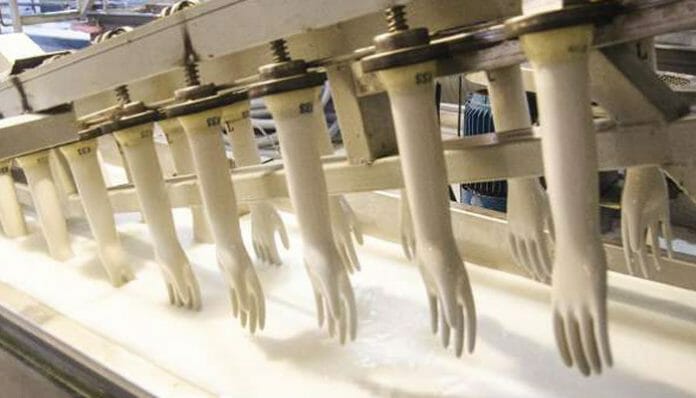Kossan Rubber Industries reported a FY23 core PATANCI of RM27.7m, with a one-time item of RM13.4m, including an impairment loss of plant and equipment amounting to RM35.384m. The core PATANCI fell short of expectations said MIDF and also consensus’ FY23 projections. This it said accounts for only 74.5% of expectation and 57.8% of streets’. This
deviation stemmed primarily from higher-than-anticipated operating costs attributed to greater-than-expected production costs per unit.
However, the group declared a dividend despite marginal profit, declaring a first-interim single-tier dividend of 2.0 sen/share in 4QFY23 (entitlement date: 14 Mar 2024), which is lower than the 2.5 sen/share declared in 4QFY22. The dividend surpasses the FY23 basic EPS of 0.56 sen. Notably, net cash decreased from RM1.31b in 12MFY22 to RM1.26b in FY23.
The house has revised its FY24-25F earnings forecast and introduce FY26 forecast. Given that the earnings came in below
expectations, we have adjusted our FY24-25F forecast downwards by -7.7%/-9.3%. This was after accounting for higher
operating costs and lower profit margins, reflecting the persistent challenges in the business landscape exacerbated by
oversupply and intense competition from Chinese and Thai glovemakers.
MIDF downgrades the stock to SELL (from NEUTRAL) with a lower TP of RM1.35 (previously RM1.38). It has revised the TP based on a lower FY24F BVPS of 153sen (previously 155sen), pegged to an unchanged P/BV of 0.89x PER, which represents its 2- year historical average P/BV. Hence, it downgrades Kossan to SELL from NEUTRAL believing that the stock is currently overvalued and does not reflect the underperformance of the glove industry.
Looking ahead, we anticipate the ASP for the gloves segment to remain relatively stagnant in the short term, constrained by persistent oversupply dynamics and tight competition. Although a modest recovery in glove demand is expected as buyers replenish their inventory following the depletion of pandemic-induced stockpiles, the pace of this recovery has been slower than anticipated. Hence, MIDF said it is now expecting the oversupply situation to persist into FY24, posing continued challenges for the industry. Potential catalysts include: (i) a faster-than-expected recovery in utilization rate; and (ii) more new entrants leaving the market and/or existing companies discontinuing certain manufacturing lines.









